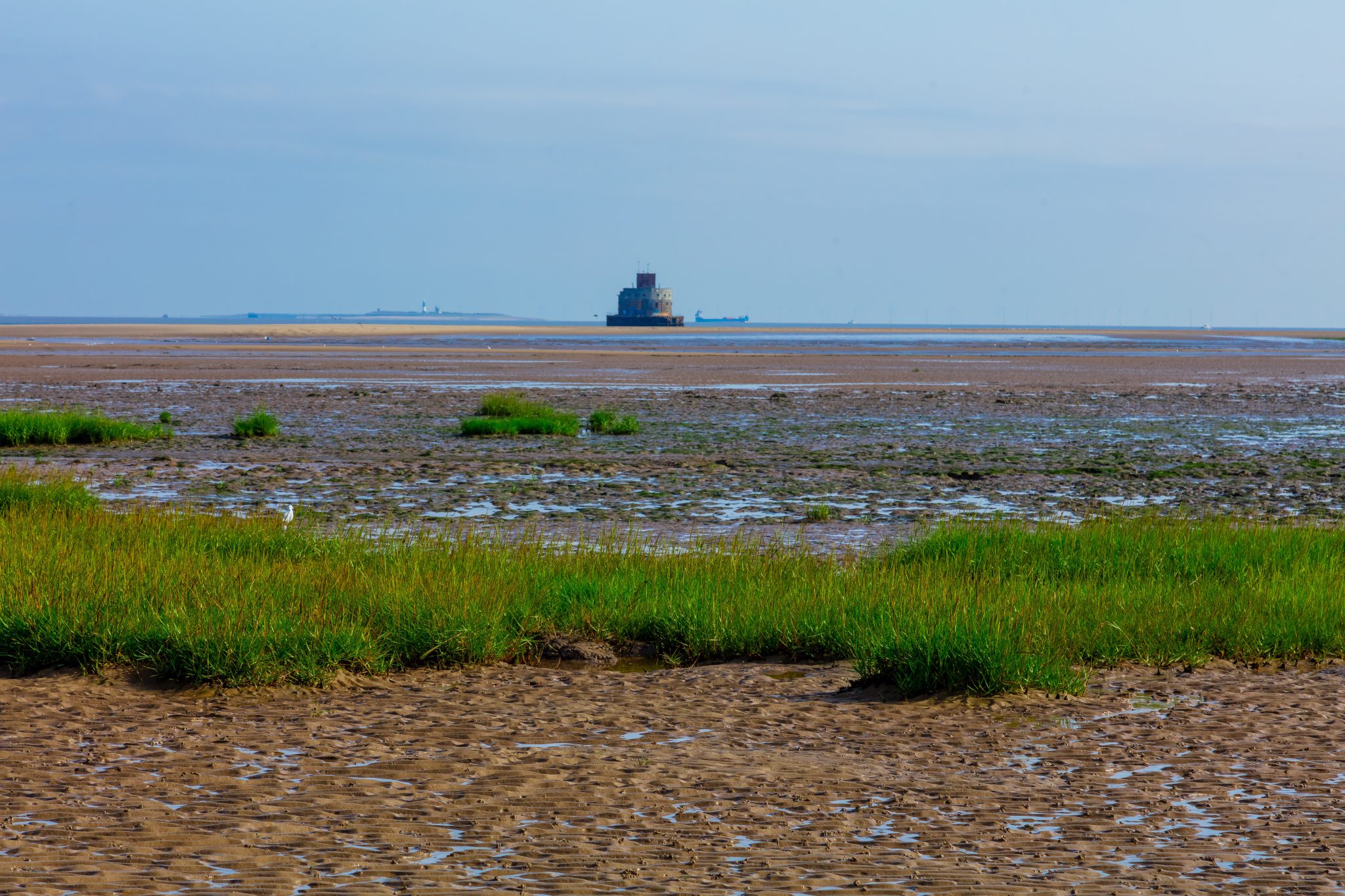Wetlands along the east coast of England, from the Humber to the Thames, have successfully been added to the UK’s Tentative List of World Heritage sites.
England’s east coast wetlands will be added to the UK’s Tentative List of World Heritage sites along with just five other new sites, government announced on 10 April 2023. Inclusion on this exclusive list is the first stage towards joining UNESCO’s (United National Educational, Scientific and Cultural Organisation) World Heritage List, which recognises cultural and natural heritage across the globe that is considered to be of outstanding universal value to humanity. If accepted by UNESCO the east coast wetlands could join a list of some of the world’s most iconic sites, such as the Great Barrier Reef, the Galapagos Islands and Mount Kilimanjaro.
The proposed site receiving backing from government brings together a coastal network of wetlands covering the same size as two New York cities (170,000 hectares), from the RSPB’s Blacktoft Sands reserve on Humber estuary in the North to RSPB Wallasea Island, Essex and coastal Kent reserves along the River Thames in the South. Well-known sites such as RSPB Minsmere, Suffolk and the National Trust’s Blakeney National Nature reserve, Norfolk have both recently been featured in BBC’s Wild Isles series and would also be included.
The application was initiated in 2022 by the RSPB, National Trust and Wildfowl and Wetlands Trust (WWT), with endorsement from Local Authorities and The Crown Estate following a report authored by marine and coastal habitat consultants ABPmer which highlighted the area as one of the world’s most important places for nature.
An independent expert panel recruited by government described the east coast wetlands proposal as presenting “a clear and convincing case for the potential to demonstrate Outstanding Universal Value” both through the role the wetlands play in supporting migratory birds along the East Atlantic Flyway migratory route, as well as the globally leading examples of coastal adaptation in the face of a changing climate.
Michael Copleston, RSPB England Director, said:
“We are absolutely thrilled that the global importance of England’s east coast has been recognised by government and that the east coast wetlands will now be part of the UK’s Tentative List of World Heritage sites. These diverse places provide an essential refuge for over 155 bird species as well as world-leading examples of how we can manage our coastlines in the face of a changing climate, with true value for nature and people.”
The east coast of England is one of the most vulnerable coastlines in the UK. Sea levels are expected to rise due to climate change, threatening many habitats and communities. Along this coast, world-leading projects are delivering flood defence adaptations and conservation side-by-side. Wetlands provide a cost-effective and nature-friendly solution to reduce erosion and flood risk, as well as being rich landscapes for people and businesses, providing nursery grounds for fish, carbon storage, and space for recreation.
Currently there are just two Natural World Heritage sites in the UK; Dorset and East Devon Coast and the Giant’s Causeway and Causeway Coast. In addition to two UK overseas territories in the Gough Islands in the South Atlantic and Henderson Island in the South Pacific.
Article and image from NELC.

About the author